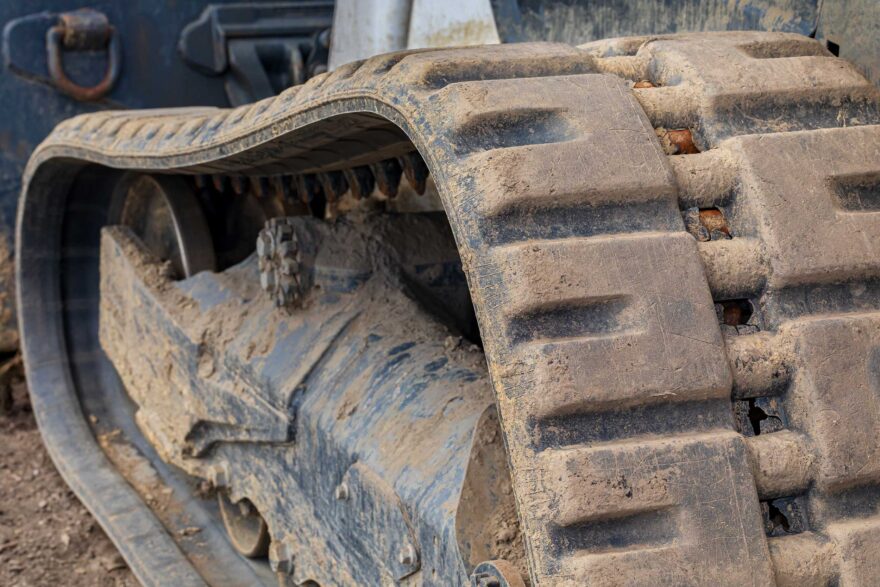
Image by J.J. Gouin, Shutterstock
ActionHub and its parent company were paid a fee to publish this article unedited. The views or opinions expressed here are those of the author and may not reflect those of ActionHub or any of its affiliates.
Selecting the right skid steer tracks is essential for maximizing your machine’s performance, traction, and longevity. Whether you’re using John Deere skid steer tracks or tracks for Bobcat or CAT models, understanding track size, width, and tread patterns can make a big difference.
1. Know Your Track Size
Before buying replacement tracks, confirm the correct size by checking the inside of your existing tracks or your equipment manual. Skid steer tracks are measured using:
- Width (mm) – Total track width
- Pitch (mm) – Distance between link centers
- Number of Links – Total metal lugs inside the track
For example, John Deere skid steer tracks for models like the 333G typically require 450mm-wide tracks, while smaller models like the 317G use 320mm-wide tracks.
2. Wide vs. Narrow Tracks: Which Is Best?
Your work environment determines whether wide or narrow tracks are the better fit.


For example, a Bobcat T650 benefits from both 450mm and 320mm track options depending on terrain needs.
3. Choose the Right Tread Pattern
The tread pattern affects traction, durability, and ride comfort.






If you work on muddy job sites, Straight-Bar tracks provide superior grip, while Turf tracks protect lawns and asphalt.
4. Match Tracks to Your Work Environment
| Terrain | Best Track Type |
| Mud/Sand | Wide tracks, Straight-Bar tread |
| Snow/Ice | Narrow tracks, Multi-Bar tread |
| Slopes/Hills | C-Pad tread |
| Pavement/Lawns | Turf or Staggered Block tread |
5. Maximize Track Lifespan
Once you’ve chosen the best tracks, proper maintenance ensures they last longer.



Final Thoughts
Choosing the right skid steer tracks depends on track size, width, tread pattern, and terrain. Whether you’re looking for John Deere skid steer tracks or tracks for Bobcat and CAT machines, selecting the right fit enhances performance and extends the life of your equipment.
 Your Privacy Choices
Your Privacy Choices